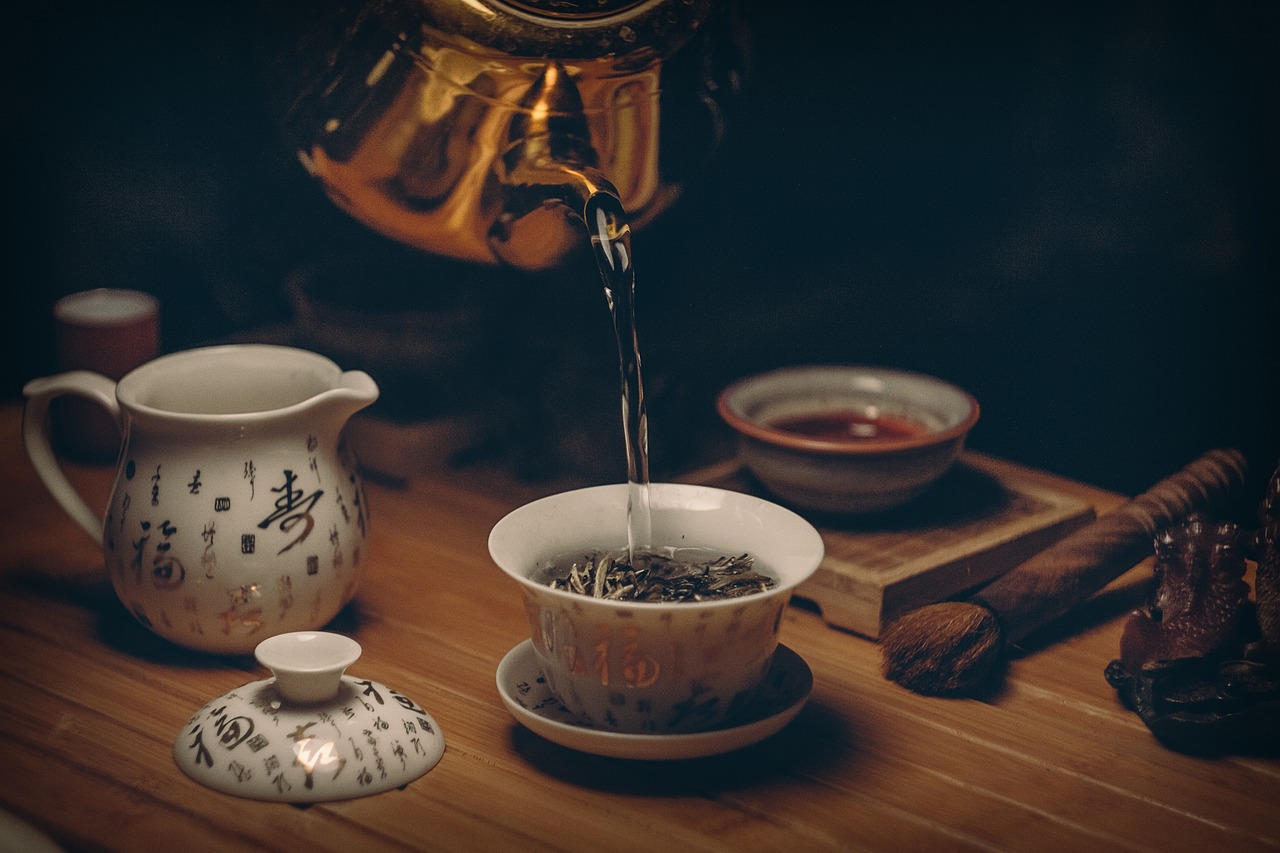Sip and Savor: Unraveling the Intricacies of Turkish Tea
Turkish tea, a symbol of hospitality and friendship, is more than just a beverage for the Turkish people. It is a ritual that binds them. So, let's dive deep into the world of Turkish tea and explore its history, brewing techniques, and the traditions that surround it.

The Roots of Turkish Tea Culture
Turkish tea, known as ‘Çay’, is a staple in every household in Turkey. Introduced to the country in the 20th century, tea quickly became a part of the Turkish lifestyle. Its introduction was a result of coffee shortages during World War I, and it was soon embraced due to its affordability and accessibility. Today, it’s hard to imagine a Turkish day without a cup of Çay.
Perfecting the Brew
Brewing Turkish tea is an art. The traditional double teapot, also known as ‘Çaydanlık’, is essential for brewing the perfect cup. The lower pot is filled with water, while the upper pot contains loose black tea leaves. The boiling water from the lower pot is added to the upper pot, allowing the tea leaves to steep. This technique allows for a robust and deep flavor that is quintessentially Turkish.
A Symbol of Hospitality
In Turkey, offering tea is a sign of hospitality and friendship. It’s served throughout the day, and refusing it is considered impolite. Whether you’re visiting a friend’s house, shopping at a local market, or conducting a business meeting, you’re likely to be offered a glass of tea.
From Glass to Lip: The Ritual of Drinking
Turkish tea is served in small, tulip-shaped glasses to highlight its rich color and aroma. The tea is enjoyed sip by sip, allowing the flavor to fully spread across the palate. It’s often served with a sugar cube on the side, but adding it to the tea is optional. The ritual doesn’t end with drinking; the shape and patterns of the tea leaves left in the empty glass are often used for fortune telling.
The Social Connector
Tea in Turkey is not just a drink, it’s a social connector. Tea houses, locally known as ‘Çay Bahçesi’, are social hubs where people gather to chat, play games, and of course, drink tea. These tea houses are a testament to Turkish tea culture, bringing people together over a simple, yet significant, cup of Çay.
Here are some intriguing facts about Turkish tea:
- Turks are the world’s highest consumers of tea, with an average person drinking about 3-5 cups daily.
- The Rize province in Turkey is the main tea-growing region, thanks to its favorable climate and fertile soil.
- Turkish tea is always served in a tulip-shaped glass to keep the tea hot and to show off its deep red color.
As we wrap up our journey through Turkish tea culture, we’re left with a deeper understanding of its significance. It’s more than just a beverage; it’s a symbol of hospitality, a social connector, and a rich tradition that has been passed down through generations. So next time you sip on a cup of Turkish tea, remember, you’re not just drinking tea, you’re partaking in a time-honored Turkish tradition.





